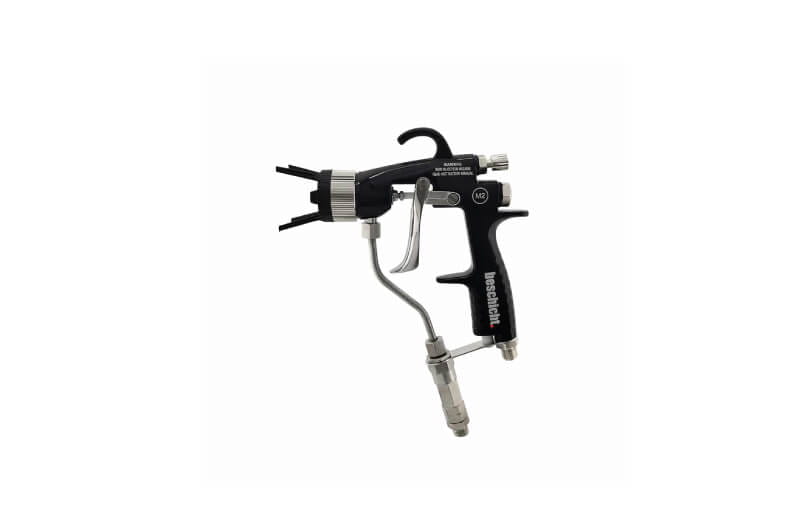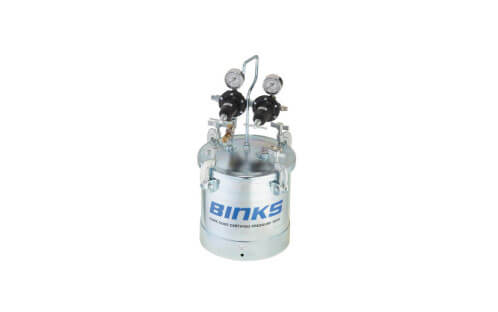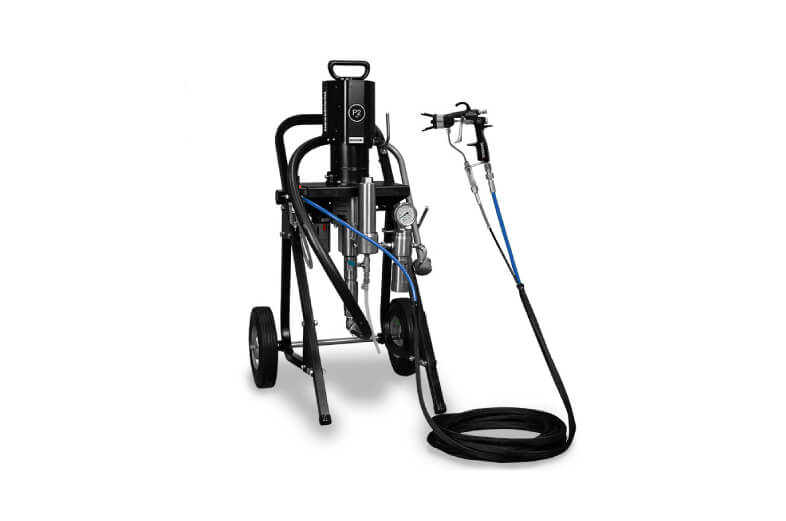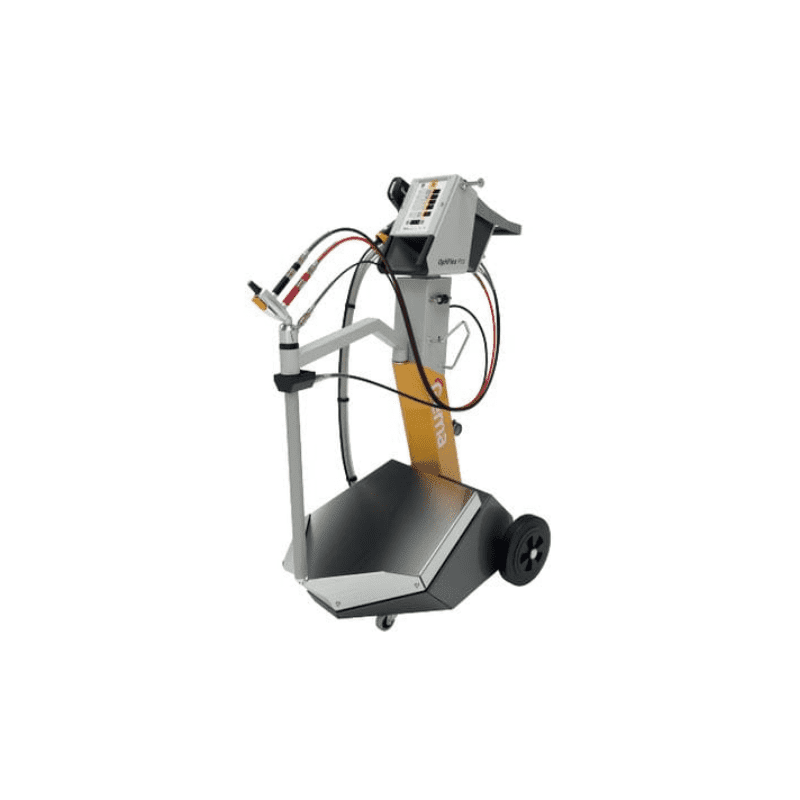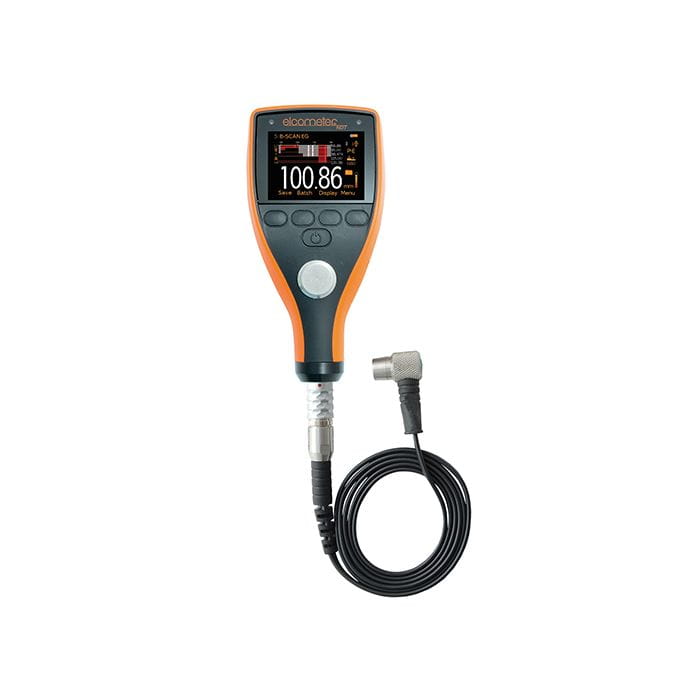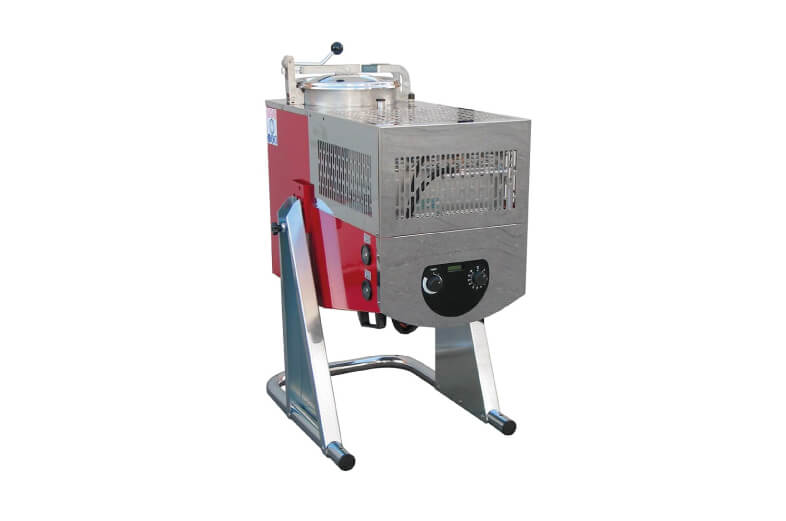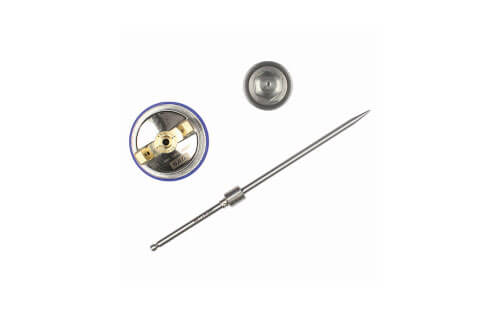Gloss measurement
Gloss measurement covers reflection measurements at 20°/60°/85°
according to ISO 2813 and ASTM D523 for the assessment of
surface gloss of paints, powder coatings, plastics and metals.
The scope of supply includes calibration tiles made of black glass,
traceable standards as well as software functions for
statistics, limit checking and report generation.
Optionally, testing can be performed according to ISO 7668 to evaluate
metallic surfaces in compliance with standards.
Use & benefits
Gloss meters are used in the coatings industry, by
automotive OEMs, plastics processors,
metal and aluminium finishers as well as in
quality assurance.
They ensure a consistent colour and gloss appearance, prevent
batch deviations and provide audit-proof evidence
of visual and metrological uniformity – from matte
to high gloss.
Gloss as a quality-relevant characteristic is thus documented objectively and reproducibly.
Measurement tasks & set configuration
Measurement geometries (ISO 2813 / ASTM D523):
Use of the standard angles 60° for standard tests,
20° for high-gloss and 85° for matte surfaces.
By choosing the appropriate geometry, the reflection behaviour
of the surface is captured precisely and evaluated reproducibly.
Sample handling:
Definition of fixed measurement locations and repeat measurements
to increase accuracy.
Selection of the appropriate measurement area depending on
the part geometry (e.g. flat, curved or edge) to ensure a
representative gloss evaluation.
Calibration:
Regular adjustment with calibration tiles (e.g. black glass)
and traceable standards to maintain comparability
and measurement reliability in line with standards.
Calibration intervals are documented and stored in the QA software.
Documentation:
Automatic capture of statistics and limit control
with clear label and QR code output.
Measurement results are exported as PDF/CSV files and stored in the
QA workflow with serial number and user assignment
to ensure full traceability.
Product areas & integration
The portfolio includes handheld gloss meters with single-, dual- or triple-angle technology,
integrated data memory, app/cloud connectivity,
data loggers and interfaces for digital QA processes.
Together with you we define the scope of testing,
the standards to be applied
(ISO 2813, ASTM D523, optionally ISO 7668)
and the measurement location plan, and integrate the instruments directly into
QA workflows, photo and report archiving
as well as audit processes.
This creates fully digital, standards-compliant
and audit-ready documentation of gloss values.
Key benefits at a glance
- Standards-compliant – ISO 2813/ASTM D523 (optional ISO 7668)
- Flexible – 20°/60°/85° for high gloss to matte
- Digital documentation – statistics, limit checking, labels/QR, PDF/CSV & traceability
- Process reliability – calibration tiles & traceable standards
Top manufacturers – gloss measurement
- BYK-Gardner – multi-angle gloss meters, calibration tiles & reporting.
- DeFelsko – gloss meters, calibration plates & reporting software.
- Elcometer – portable gloss meters & QA accessories.
- TQC Sheen – gloss meters, reference materials & test equipment.
- KSJ – handheld gloss meters for paint & plastics.
- Rhopoint – gloss, haze & DOI testing technology.
- Neurtek – gloss measurement & laboratory accessories.
- Helmut Fischer – precision metrology & reference standards.
- Mahr – precision measurement technology for QA/laboratories.
- Rubert – reference standards for surface assessment.
- 3M – labels/sample accessories & PPE for inspections.
- Testo – climate/environmental monitoring for stable measurement conditions.
- PCE Instruments – environmental/measurement technology & data loggers.
- Extech – electrical/field measurement instruments.
- Rotronic – humidity/temperature measurement & data loggers.
- OMEGA – sensors, probes & data acquisition.
- Phoenix Instrument – laboratory/test equipment.
- Grant – temperature/data loggers & stability control.
- SIS Verlag – standards/guidelines & training materials.
- SATA – test & accessory components around compressed air.
- beschicht. – QA templates, QR/label sets & customer-specific sets.
Go directly to gloss measurement –
or to consulting & instrument configuration.
Frequently asked questions about gloss measurement
Which methods and standards apply to gloss measurement?
The standard is reflection measurement in GU with 20°, 60° and 85° geometries according to ISO 2813 and ASTM D523;
for metallic surfaces, ISO 7668 may be relevant. 60° is the universal measurement geometry,
20° for high-gloss and 85° for matte surfaces.
How do I select the instrument and geometry (20°/60°/85°) for my application?
The selection is based on gloss level and substrate: 60° for most applications,
20° for high gloss, 85° for matte surfaces. Important factors are sample geometry (flat/curved),
measurement area, temperature/climate, calibration tile (black glass, 100 GU) and traceable standards.
For tight tolerances, statistical functions and automatic limit checking are recommended.
How do I ensure accuracy and audit-proof documentation?
Through daily checks with calibration tiles, regular calibration/traceability,
measurement location plans, repeat measurements, statistical evaluation (mean, standard deviation, ΔGU),
environmental monitoring and complete documentation (photos, QR/labels, PDF/CSV reports with serial number/user/date).

